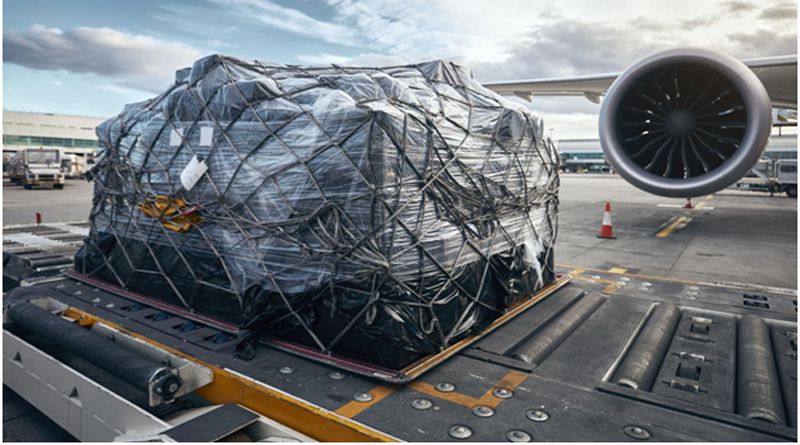Air cargo companies have found a new revenue stream through the transportation of delicate cargo, sensitive to temperature changes. Pharmaceutical products and perishable items need to be transported under the right conditions to avoid damaging the goods. Efficient air transportation of delicate goods is often a challenge for most companies. This article has provided four supply chain solutions to ease the process of temperature control air shipping.
1. Refrigerated Containers
There have been innovations in refrigerated shipping containers, which allow better temperature-controlled environments for a more extended period. Current shipping containers with temperature control features have improved insulation and redundant systems. The backup systems ensure the temperature is sustained upon failure of the first system. If the temperature fluctuates, there are alarms and temperature monitoring technology to indicate the same.
Apart from refrigerated containers, cargo insulation can also be applied to ensure the retention of acceptable temperature levels. Insulated covers can be in the form of thermal covers or thermal blankets. Insulated covers are available from companies such as Astro Asia if you don’t know where to get them.
2. Improved Temperature Monitoring Technology
Advancements in technology have made it possible to monitor air cargo conditions and temperature through the whole cold chain process. One way to monitor temperature conditions is to ship the cargo together with a temperature data logger. The device measures vibration, humidity, shock, and temperature. After delivery of the shipment, the data is physically uploaded into a system.
Advanced refrigerated containers contain monitoring equipment that enables satellite recording of temperature when the shipment is in transit. If there is a deviation in temperature, alarms go off to signal the fluctuation to help backup mechanisms, thus preventing the cargo’s spoilage. The constant monitoring in the entire journey ensures that temperature-sensitive shipment gets to its destination in perfect condition.
3. Improving Warehouse Techniques
Warehouses should have the right storage conditions for a specific cargo. If a warehouse handles different types of delicate goods, the appropriate temperatures should be maintained for each type of goods. Applying effective warehouse management systems (WMS) is a strategy that is useful in increasing supply chain visibility to promote product safety, timely deliveries, and accurate inventory. Sophisticated monitors and machinery maintain the storage spaces and transmit vital information to the WMS. Mechanization of labor is useful in increasing storage capacity and meeting labor requirements that would be challenging to meet due to working conditions and factors relating to supply chain finance.
4. Advances in GPS Tracking
Another supply chain solution is end-to-end monitoring of temperature for sensitive goods to ensure that the shipment arrives at its destination fast, without unnecessary delays. GPS tracking enables the tracking of goods at any during the transportation process. This creates a sense of peace when the company knows its shipment location; it also allows them to monitor the movement of the consignment to establish if there are any changes to the delivery schedule. If an unexpected delay occurs, such as bad weather that delays flights, companies know about it in real-time.

Namaste UI collaborates closely with clients to develop tailored guest posting strategies that align with their unique goals and target audiences. Their commitment to delivering high-quality, niche-specific content ensures that each guest post not only meets but exceeds the expectations of both clients and the hosting platforms. Connect with us on social media for the latest updates on guest posting trends, outreach strategies, and digital marketing tips. For any types of guest posting services, contact us on info[at]namasteui.com.

